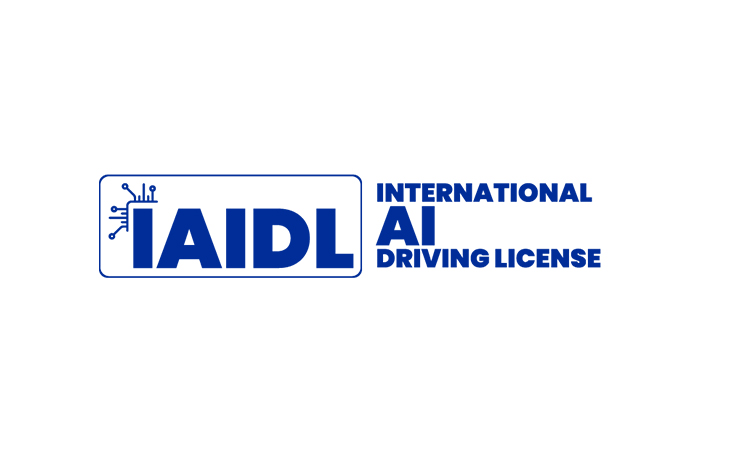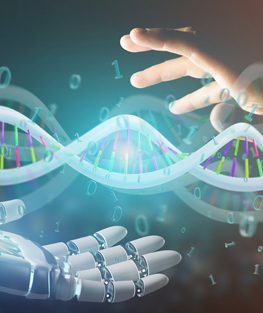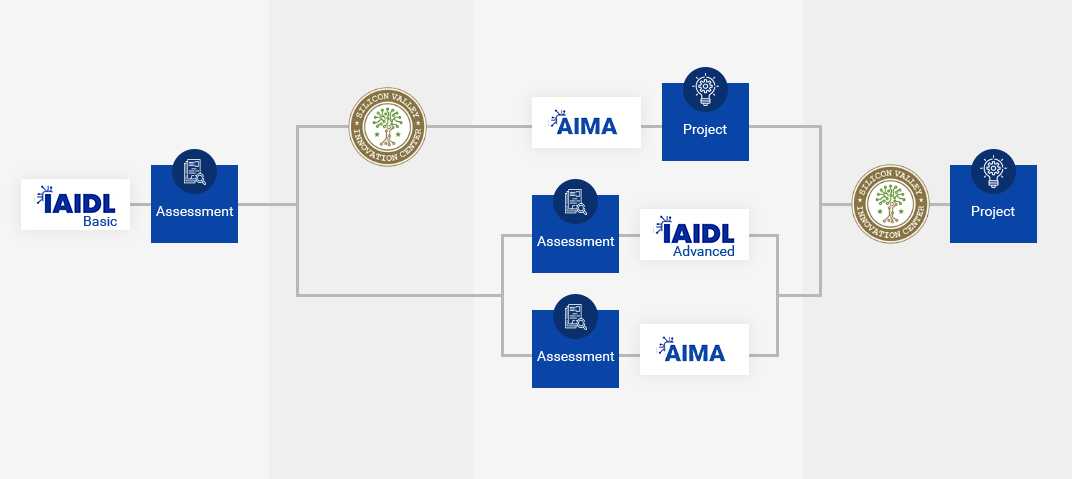- Home
- Nokia Al-Saudia
- Solutions
- eLearning Self Study
- Clients
-
Programs
Certifications
- Digital Transformation Specialist
- Digital Transformation Technology Professional
- Digital Transformation Technology Architect
- Digital Transformation Data Science Professional
- Digital Transformation Data Scientist
- Digital Transformation Security Professional
- Digital Transformation Security Specialist
Digital Transformation
Training - Contact Us
- 0













